Splitting Liriope Roots – Learn How To Divide A Liriope Plant
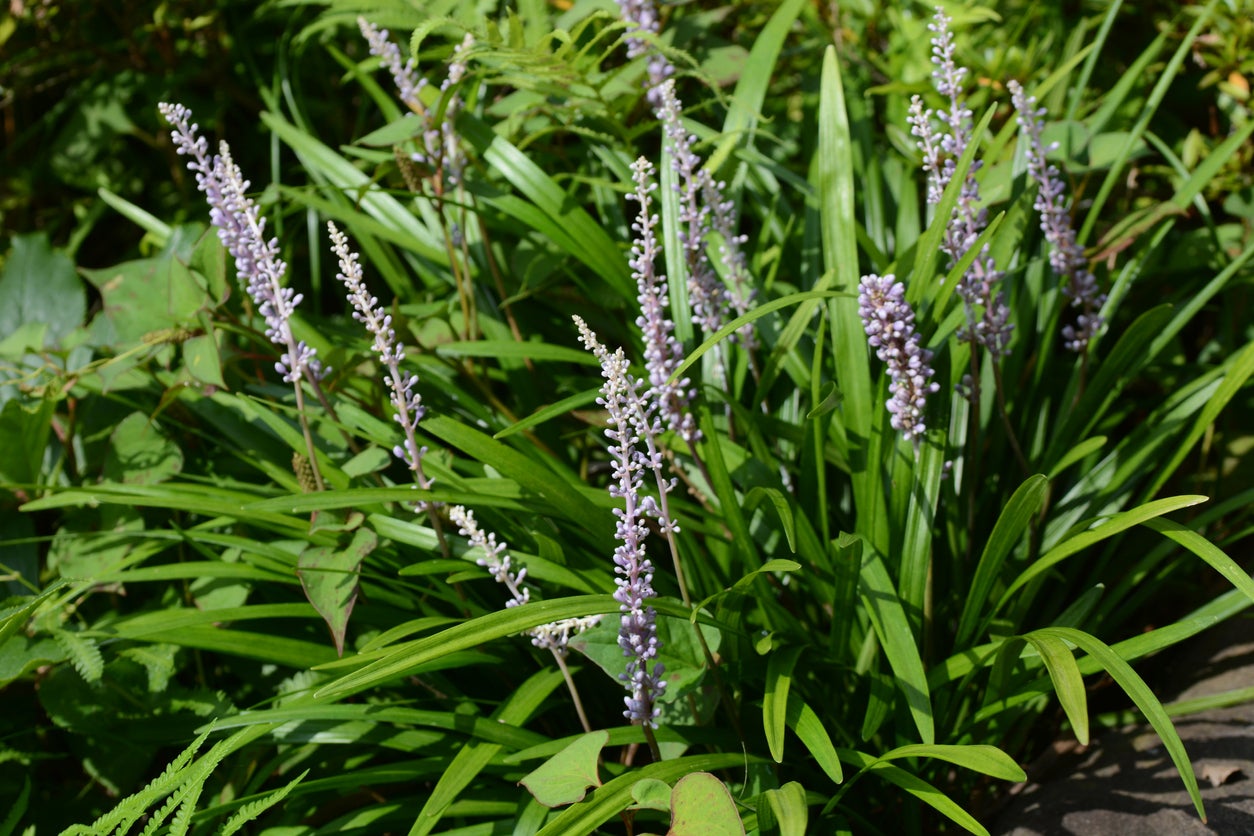

Liriope, or lilyturf, is a hardy perennial plant. This extremely popular evergreen is perfect for use as a low maintenance groundcover or for use as a border plant along sidewalks and pavers. It can also be used as an alternative to grass in lawns. Tolerant to both heat and humidity, lilyturf only requires minimal maintenance to continue to thrive. So what about liriope plant division? Does this plant need to be divided and, if so, how and when?
Does Liriope Need to Be Divided?
Beyond planting, liriope requires little care from homeowners. Resistant to most diseases, these plants grow larger and may spread from one season to the next. Consistent irrigation and fertilization will further assist in the establishment of healthy plantings. Since liriope plantings can become quite large, it may lead its growers to ask, “Does liriope need to be divided?”
Opinions abound as to whether or not liriope needs division. Like many perennial ornamental plants, mounding clumps of liriope will continue to grow in each subsequent season. Unlike other plants, however, there has been little evidence to suggest that the growth of liriope inhibits the plants’ ability to produce flowers. For this reason, most recommend that liriope plant division is the choice of the gardener.
Liriope plants will continue to grow well for many years, despite not being frequently divided.
How to Divide a Liriope
Although dividing liriope is not a mandatory part of its care routine, there are reasons why a grower may want to do so. Splitting liriope is an extremely easy and cost-effective way to increase the amount of plants in the garden, or to begin the process of establishing new flower beds.
Dividing liriope plants is fairly straightforward. When splitting liriope, growers will first need to dig up the plant and remove the root ball from the garden. Once the plant has been removed, carefully cut through the root ball using a sharp, serrated knife or shovel for larger clumps. This process can then be repeated until the plant has been divided into the desired number.
Ideally, the process of dividing liriope should be done in early spring before new growth has resumed. Due to the hardy nature of this plant, however, it is possible to successfully divide this plant later in the season.
Gardening tips, videos, info and more delivered right to your inbox!
Sign up for the Gardening Know How newsletter today and receive a free copy of our e-book "How to Grow Delicious Tomatoes".
After splitting liriope plants, find a location for the new lilyturf transplants. Though liriope will tolerate a wide variety of growing conditions, it will be important to select a planting site that receives ample sunlight and one that is well draining. Water the newly planted liriope weekly until the plants have become established.

Tonya Barnett has been gardening for 13 years. Flowers are her passion. She has transformed her backyard into a cut flower garden, which she regularly chronicles on her YouTube channel http://www.youtube.com/@tonyawiththeflowers.
-
 Looking For Plants To Give You The Soft And Fuzzies? Try These 5 Fuzzy Leaf Plant Options
Looking For Plants To Give You The Soft And Fuzzies? Try These 5 Fuzzy Leaf Plant OptionsLovers of texture, drama, silver foliage and tactile plants will adore these special sensory garden additions. These fuzzy leaf plant options will leave you all aglow
By Susan Albert
-
 Get Ready For A Summer Of Hummers! Grow These Full Sun Hummingbird Plants and Flowers
Get Ready For A Summer Of Hummers! Grow These Full Sun Hummingbird Plants and FlowersIf you’re lucky enough to enjoy a sunny backyard, make sure you are maxing out on your pollinator opportunities and grow these full sun hummingbird plants and flowers
By Tonya Barnett
-
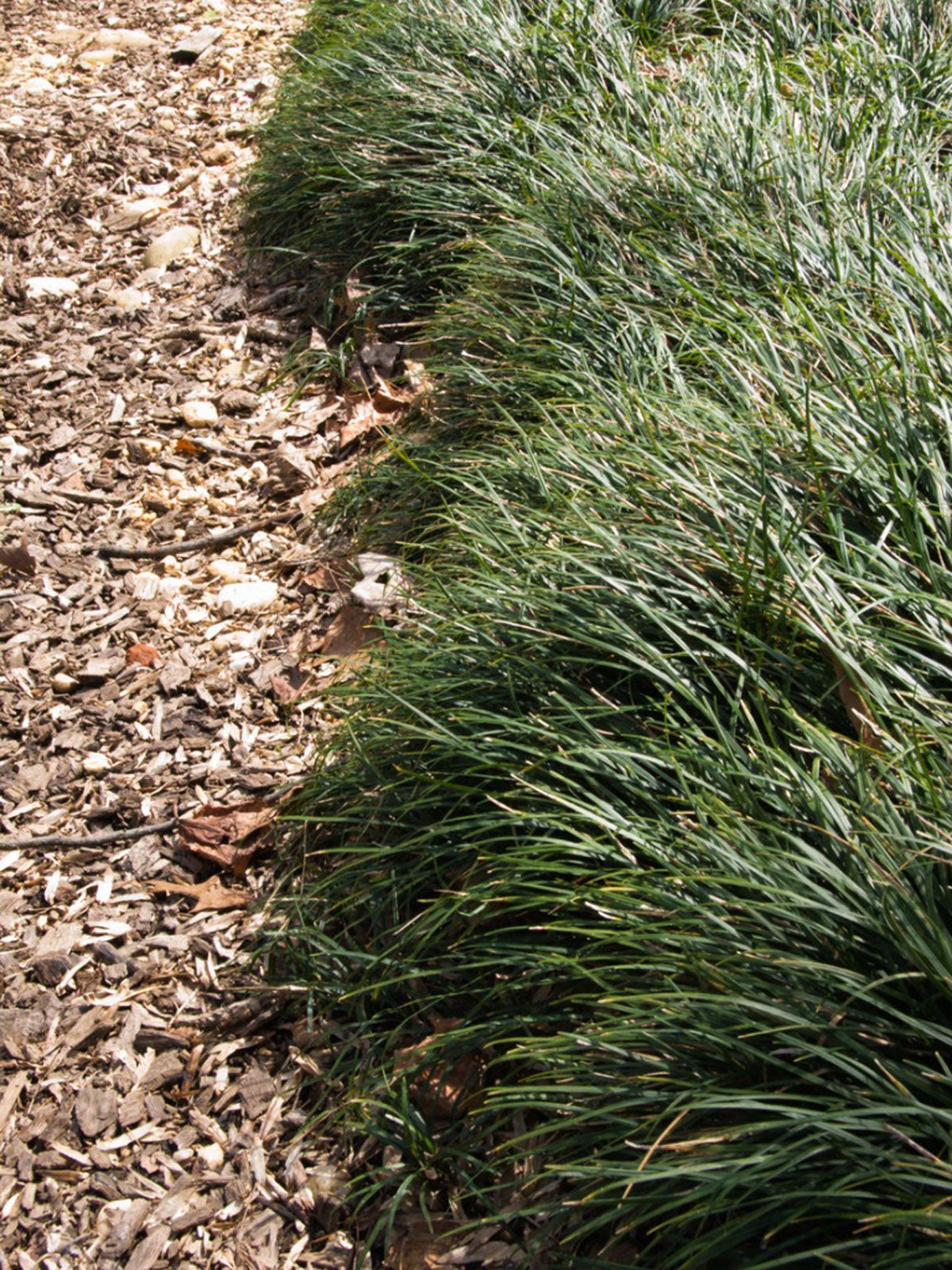 Liriope Grass Edging: How To Plant A Border Of Monkey Grass
Liriope Grass Edging: How To Plant A Border Of Monkey GrassLiriope is a tough grass that is often used as a border plant. Making a landscape border with this grass produces a tidy, low-growing, green edge that doesn't need mowing and remains green year after year. Learn more about using liriope as a border grass here.
By Bonnie L. Grant
-
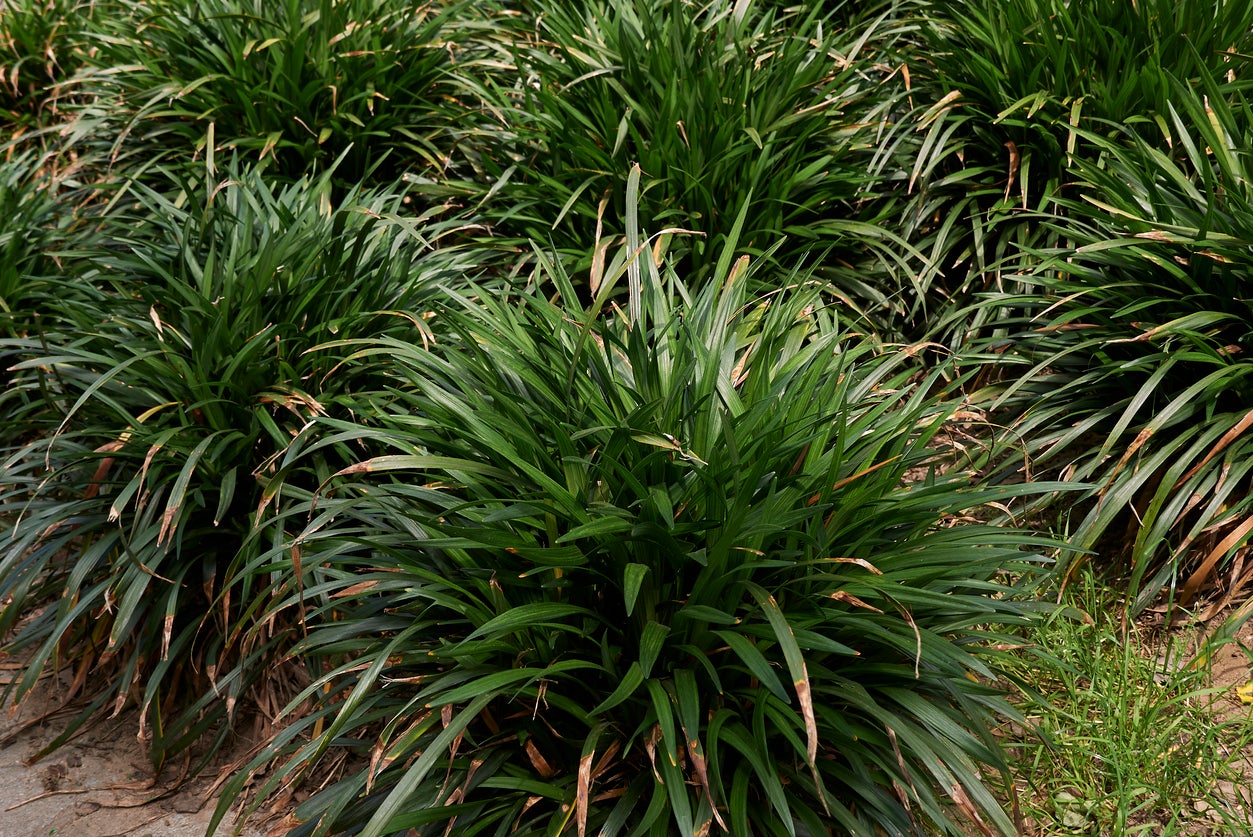 Lilyturf Cold Tolerance: How To Care For Liriope In Winter
Lilyturf Cold Tolerance: How To Care For Liriope In WinterThough evergreen, liriope in winter will naturally enter into a stage of dormancy in which growth of the plant foliage ceases. For the best results, homeowners will need to begin the process of winterizing liriope plants. Learn more in this article.
By Tonya Barnett
-
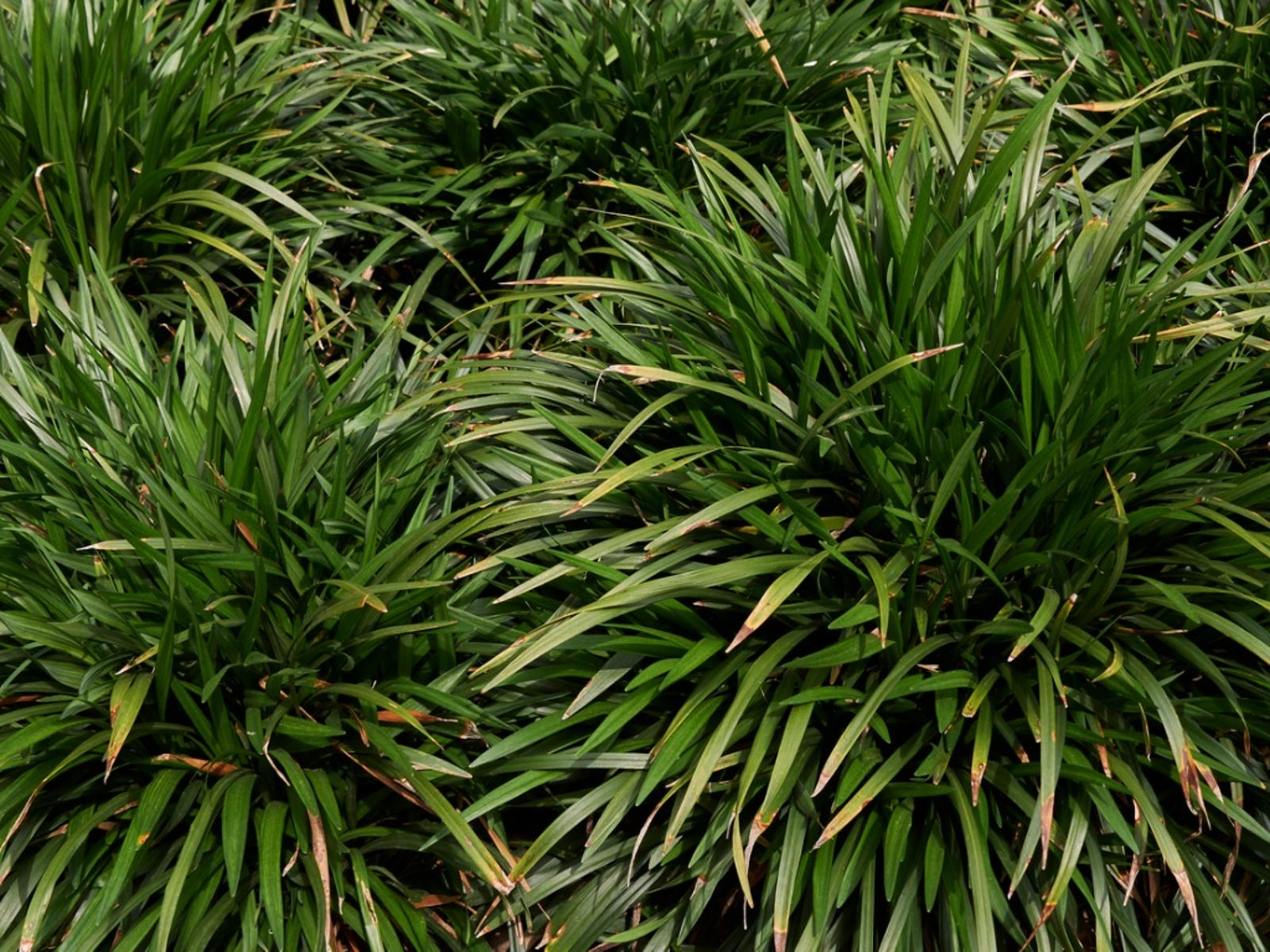 Monkey Grass Control: Best Way To Remove Monkey Grass
Monkey Grass Control: Best Way To Remove Monkey GrassIs monkey grass invading areas of your lawn and garden? Do you find yourself asking "How do I kill monkey grass?" You're not alone. Many people share these concerns, but don't worry. This article can help.
By Nikki Tilley
-
 How To Transplant Monkey Grass
How To Transplant Monkey GrassTransplanting monkey grass is actually pretty easy and the following article provides tips to help you learn how to transplant monkey grass in the landscape. Click here for more information.
By Heather Rhoades
-
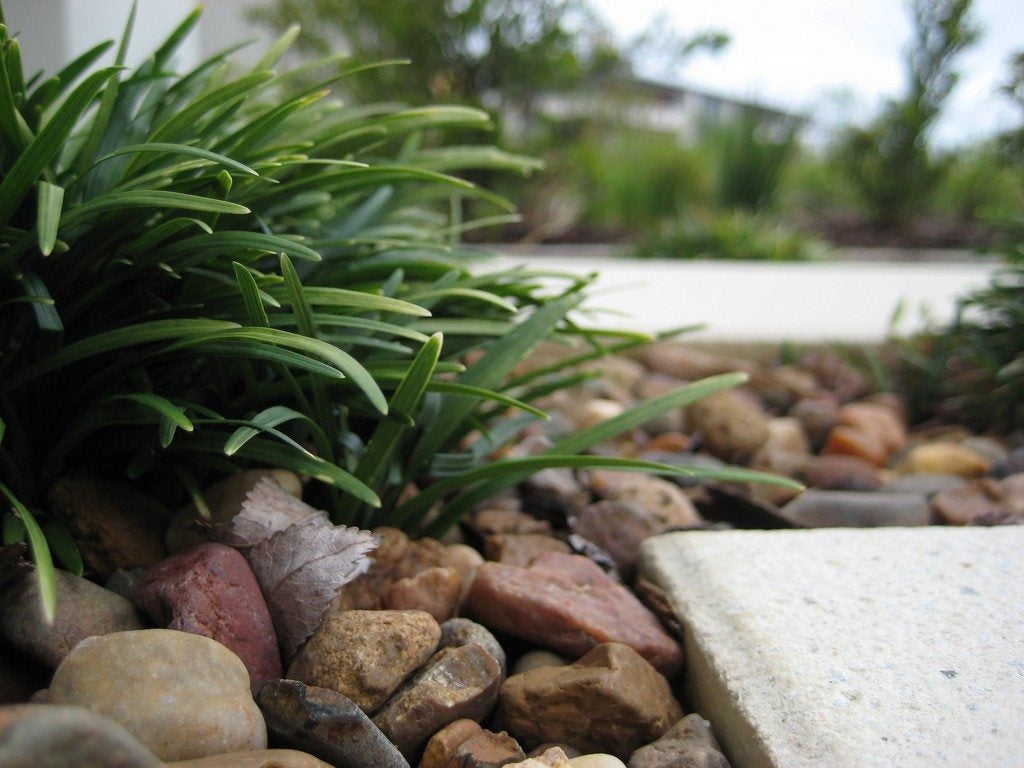 Information On Pruning And Cutting Monkey Grass
Information On Pruning And Cutting Monkey GrassMonkey grass is common in areas that are hilly or uneven because they fill in the area quite nicely. It comes in thick and is quite easy to grow. So easy that pruning may be necessary. Click here for pruning tips.
By Heather Rhoades
-
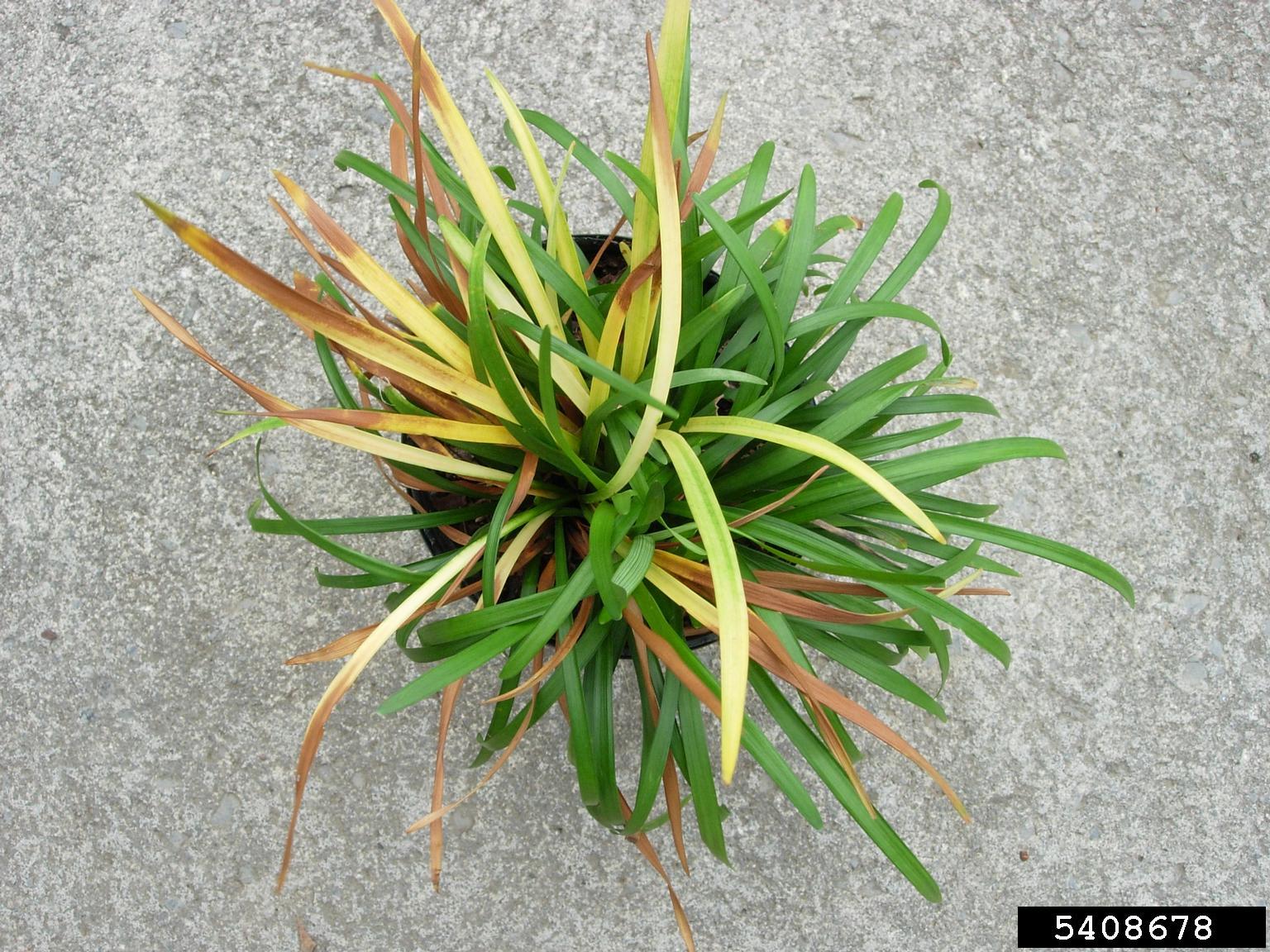 Monkey Grass Disease: Crown Rot Causes Yellow Leaves
Monkey Grass Disease: Crown Rot Causes Yellow LeavesFor the most part, monkey grass is a hardy plant. But, despite the fact that monkey grass is able to take a lot of abuse, it is still susceptible to disease. One in particular is crown rot. Click here to learn more.
By Heather Rhoades
-
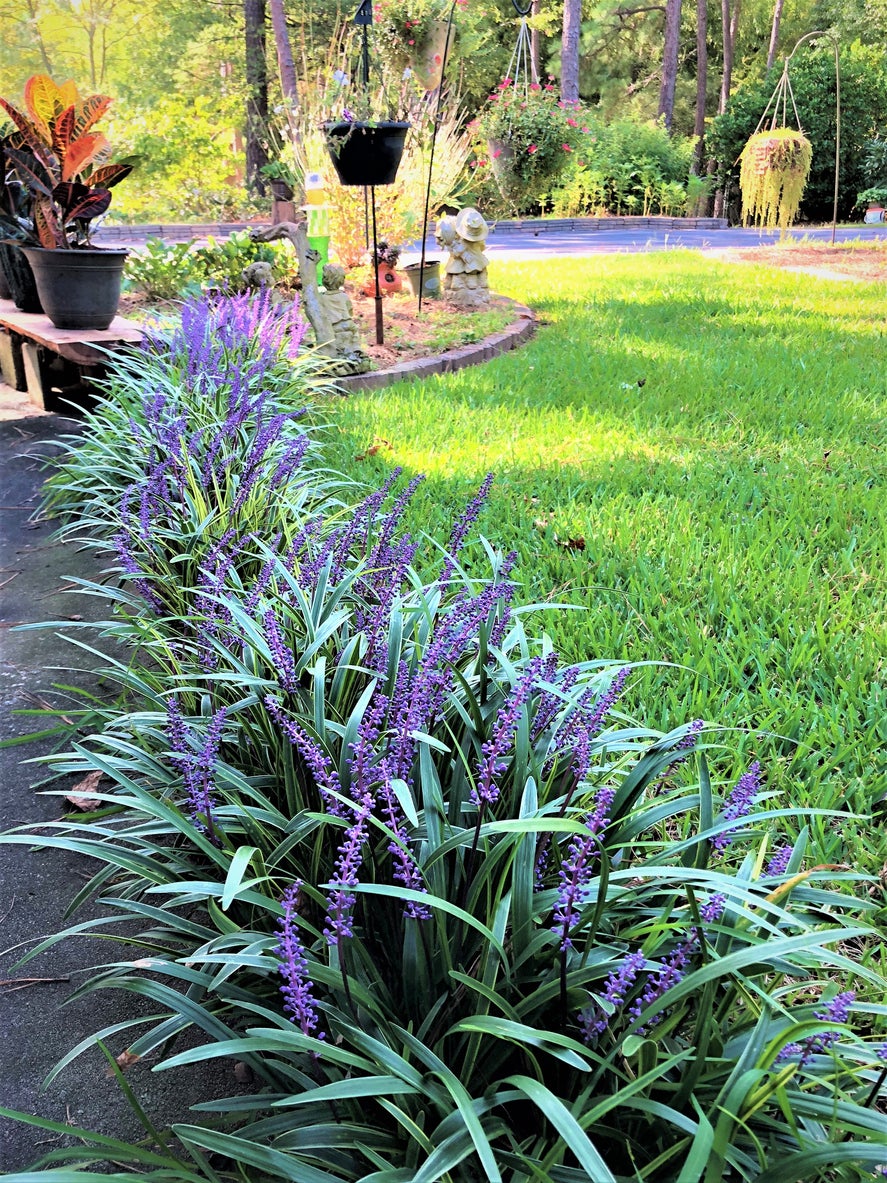 What Is Monkey Grass: Caring For Monkey Grass In Lawns And Gardens
What Is Monkey Grass: Caring For Monkey Grass In Lawns And GardensLooking for a low growing, drought tolerant turf replacement? Try growing monkey grass. What is monkey grass? Monkey grass is actually the common name for two different species. Click here to learn about the different types of monkey grass and how to use them.
By Amy Grant